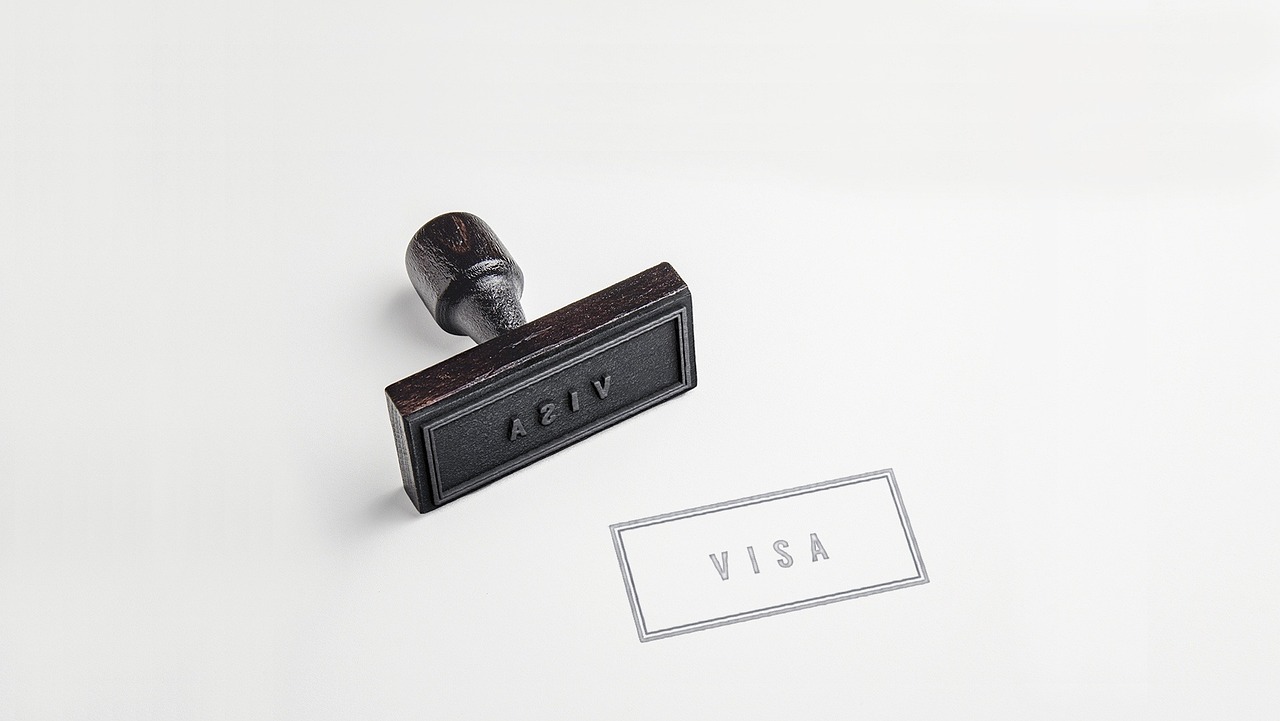For global leaders in innovation, research, entrepreneurship, and the arts, the EB-1 visa opens the door to U.S. permanent residency. Navigating the EB-1 visa process can seem overwhelming, but understanding its structure and benefits is key to determining if it aligns with your career path. Whether you’re a multinational executive, award-winning artist, or African tech visionary, this visa was designed for top-tier professionals like you.
In this guide, we’ll break down the EB-1 visa categories, eligibility requirements, step-by-step procedures, and processing timelines — helping you make informed decisions about your U.S. immigration journey.
What Is the EB-1 Visa?
The EB-1 is a first-preference employment-based immigrant visa tailored for individuals with extraordinary ability, outstanding academic or research credentials, or multinational executive or managerial experience. It allows eligible foreign nationals to obtain a U.S. green card without requiring a labor certification.
There are three main subcategories:
- EB-1A: Persons of Extraordinary Ability
- EB-1B: Outstanding Professors and Researchers
- EB-1C: Multinational Executives and Managers
Who Should Consider the EB-1 Visa?
This visa is ideal for high-achieving professionals, particularly:
- International founders and startup executives
- Postdoctoral scholars and research leaders
- Medical specialists in high-demand fields
- Global creatives and cultural influencers
- Policy-driven STEM professionals
- Green tech experts and climate innovators
- African tech entrepreneurs and diaspora leaders
- Award-winning artists and performers
- Professional athletes and coaches
- Multinational executives managing U.S. operations
If you’re unsure whether your experience qualifies, schedule a consultation with our expert team today.
Understanding the EB-1 Visa Process
The EB-1 visa process varies depending on your eligibility group. Let’s explore the application journey in detail.
1. Determine Your Eligibility
The first step is identifying the suitable EB-1 category:
- EB-1A: No employer sponsorship needed. Applicants must prove sustained national or international acclaim in their field.
- EB-1B: Requires a valid job offer and at least three years of teaching or research experience.
- EB-1C: The employer must petition for a foreign executive or manager who has worked abroad for at least one year within the past three years.
We recommend consulting an experienced immigration advisor to assess your merits accurately.
2. Prepare Supporting Documents
Depending on your EB-1 category, you’ll need to compile evidence such as:
- Awards and press coverage
- Published research or patents
- Letters of recommendation
- Performance results or artistic portfolio
- Leadership roles or high-level employment history
Quality and relevance of documentation matter more than quantity. Need help compiling a winning petition? Read our guide on how to build a strong EB-1A case.
3. File Form I-140 (Immigrant Petition)
For all EB-1 categories, the petition begins with Form I-140:
- EB-1A applicants can self-petition by filing the form directly.
- EB-1B and EB-1C applicants must have their employer file on their behalf.
Optional: Premium Processing is available, drastically reducing wait times.
4. File Form I-485 (Adjustment of Status) or Consular Processing
Once your I-140 is approved and your priority date is current (check the Visa Bulletin), you may:
- File Form I-485 if you are already in the U.S.
- Proceed with Consular Processing if you are abroad.
Timeline for the EB-1 Visa Process
The EB-1 visa is often faster than other employment-based categories, but processing times depend on several factors:
- Form I-140: 3–9 months (15 days with Premium Processing)
- Form I-485: 8–14 months (varies by location)
- Consular Processing: 6–12 months
Total time from start to green card approval is generally 12 to 24 months. Need to manage timing due to business obligations or an expiring visa? Consider our overview on strategies for maintaining immigration status during EB-1 processing.
Benefits of the EB-1 Visa
The EB-1 visa is not only prestigious — it also offers a range of unique advantages:
- Green Card without PERM: No labor certification required
- Faster Processing: Especially for EB-1A with Premium Processing
- Self-Petition Option: EB-1A applicants can bypass employer sponsorship
- Priority Date Advancement: Favorable Visa Bulletin movement for many countries
- Family Inclusion: Spouse and children under 21 also receive green cards
Because of these benefits, the EB-1 is often the preferred choice among high-caliber professionals seeking U.S. residency.
Tips for a Successful EB-1 Visa Process
Maximize your chances of success by following these expert strategies:
- Start Early: Especially if your achievements are recent or evolving.
- Work with Legal Experts: Immigration attorneys help position your case strategically.
- Highlight Global Recognition: Showcase impact and acclaim beyond your local region.
- Prepare Strong Evidence: Letters, awards, and media citations are essential.
- Monitor Visa Bulletin: Timing your I-485 or consular steps efficiently is key.
FAQs: EB-1 Visa Process
What makes the EB-1 visa process different from other employment-based visas?
The EB-1 visa process stands out because it does not require labor certification, offers faster adjudication, and allows self-petition for those in the EB-1A category.
Can I switch from a different visa category during the EB-1 visa process?
Yes, many individuals adjust status from H-1B, O-1, or F-1 to green card holders via the EB-1 visa process, especially once their I-140 is approved.
Is premium processing available for the EB-1 visa process?
Yes. Form I-140 filings under EB-1A and EB-1B categories are eligible for premium processing, which provides a decision in 15 calendar days.
Do startup founders qualify for the EB-1 visa?
Absolutely. Founders who lead recognized ventures, raise funding, or disrupt industries can often qualify under EB-1A. We evaluate such applicants regularly. Contact us today.
How long does the EB-1 visa process take overall?
The process usually takes 12–24 months, depending on category and priority date availability. EB-1A applicants with premium processing may receive decisions much sooner.
Talk to an EB-1 Visa Expert
The EB-1 visa is a powerful pathway to U.S. permanent residency for exceptional global talent — but crafting a winning petition requires insight, strategy, and precision. At AgoraVisa, our experienced team specializes in guiding international founders, researchers, and cultural innovators through the full EB-1 visa process.
Whether you’re still exploring your options or ready to apply, we’re here to help you move forward confidently.





